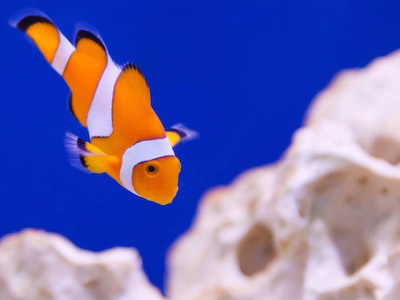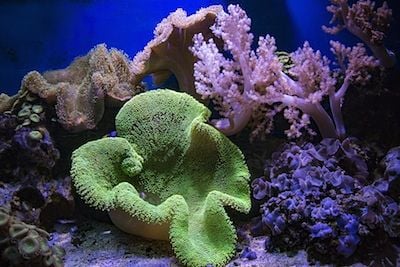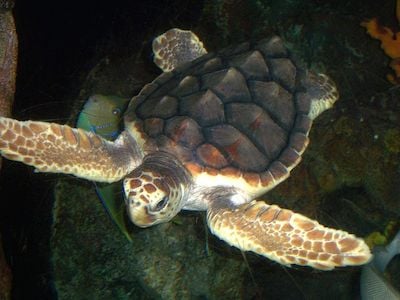 Researchers from the ARC Centre of Excellence for Coral Reef Studies recently announced that large swaths of coral in the Great Barrier Reef are in grave danger. According to their report, "scientists estimate that mass bleaching has killed 35% of corals on the northern and central Great Barrier Reef."
Researchers from the ARC Centre of Excellence for Coral Reef Studies recently announced that large swaths of coral in the Great Barrier Reef are in grave danger. According to their report, "scientists estimate that mass bleaching has killed 35% of corals on the northern and central Great Barrier Reef."
We've put together a list of Topic Pages on the Great Barrier Reef to help those who are just starting to learn about this natural wonder.
Great Barrier Reef - made up of 3,000 individual reefs, and is believed to be the world's largest living organism. Only ten navigable channels break through the reef. The most valuable products of the reef are pearls, pearl shells, trepangs (edible sea slugs), and sponges.
Coral Reefs - cover less than 1 percent of the ocean floor but support around 25 percent of all marine life, including over 4,000 species of fish, 700 species of coral, and thousands of other plants and animals.
 Coral - Coral bleaching occurs when the environmental conditions of the coral reef, especially water temperature, change sufficiently to cause the zooxanthellae to leave, which in turn causes the coral to die.
Coral - Coral bleaching occurs when the environmental conditions of the coral reef, especially water temperature, change sufficiently to cause the zooxanthellae to leave, which in turn causes the coral to die.
Climate Change - The world’s oceans serve as a heat transportation system absorbing much of the heat from the solar energy penetrating the atmosphere. As rising temperatures increase freshwater snowmelt, the salinity of the oceans decreases, affecting their circulation.
Marine Biology - The scientific study of marine biology dates from the early 19th cent. and now includes laboratory study of organisms for their usefulness to humans and the effects of human activity on marine environments.
Ecosystem - major changes to an ecosystem, such as climate change, overpopulation, or the removal of a species, may threaten the system's sustainability and result in its eventual destruction.
Sea Turtles - The green turtle feeds chiefly on marine vegetation and is most abundant in shallow water. The loggerhead, Caretta caretta, is a large-headed brown to reddish turtle.
Note: All images in this blog post are in the Public Domain.

